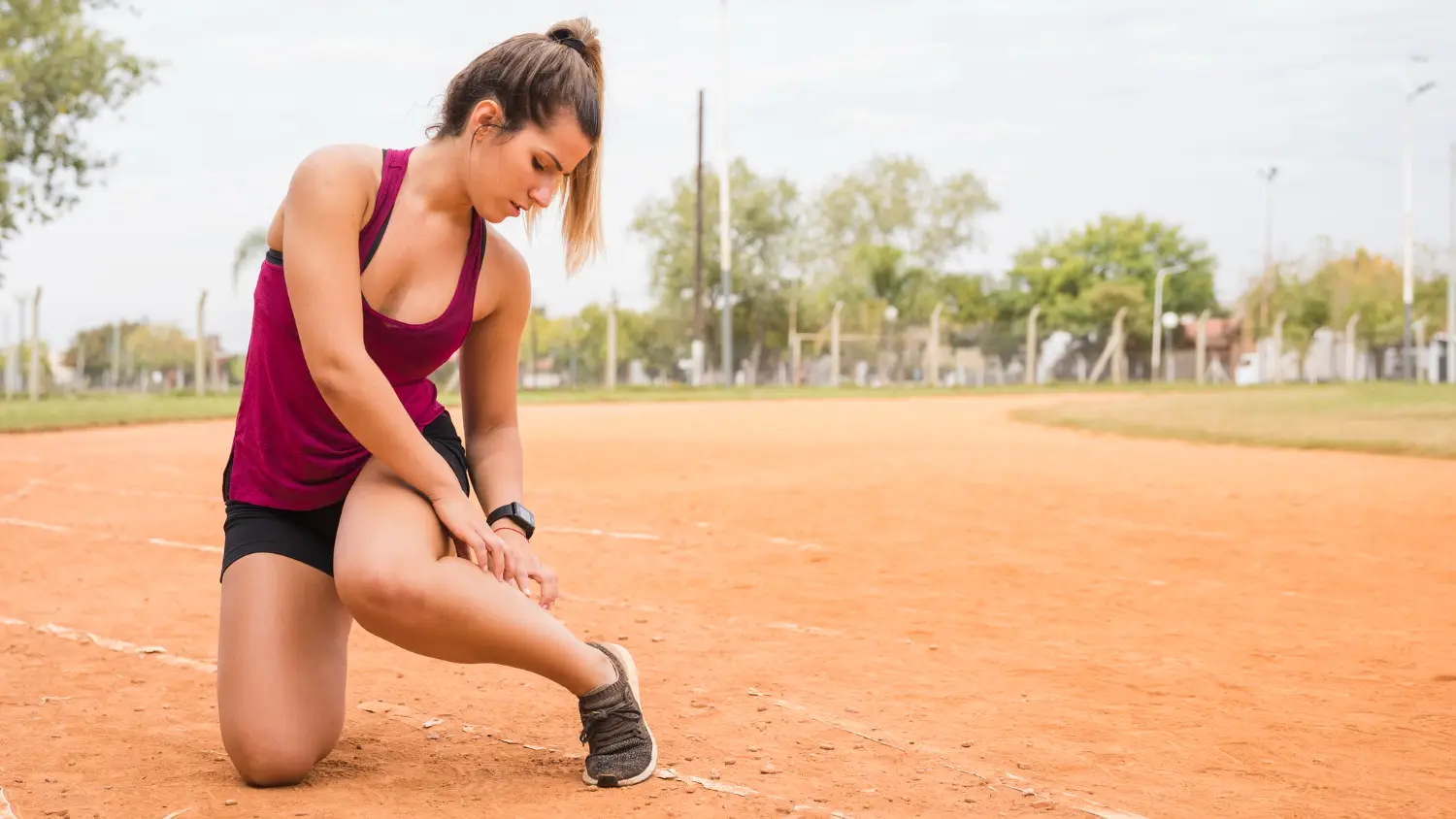Sports injuries, a shared concern among athletes of all levels, are common. Foot injuries, in particular, can be debilitating, directly impacting an athlete’s mobility and performance. Understanding how to prevent and treat these sports-related foot injuries is crucial for maintaining peak performance and ensuring long-term health.
Common Types of Foot Sports Injuries
There are several types of foot injuries that athletes frequently encounter. These include:Sprains and Strains occur when ligaments (sprains) or muscles (strains) are overstretched or torn. Sudden movements or awkward landings often cause them.
Fractures: Broken bones in the foot can result from a direct impact or excessive force. Stress fractures, a type of small crack in the bone, are common in athletes due to repetitive stress.Tendonitis is the inflammation of a tendon, often caused by overuse. Achilles tendonitis is particularly common in the foot.
Plantar Fasciitis: This condition involves inflammation of the plantar fascia, a thick band of tissue that runs across the bottom of the foot. It can cause severe heel pain.Stress Fractures are tiny cracks in a bone, typically caused by overuse and repetitive activities like running or jumping.
Causes of Sports Foot Injuries
Understanding the causes of foot sports injuries is crucial for prevention. Common causes include:
- Overuse and Repetitive Motion: Engaging in high-impact activities without adequate rest can lead to overuse injuries.
- Poor Footwear: Wearing shoes that do not provide proper support or are worn out can increase the risk of injury.
- Insufficient Warm-up or Stretching: Failing to properly warm up or stretch before activity can make muscles and tendons more susceptible to injury.
- Playing on Uneven Surfaces: Uneven or unstable surfaces can cause the foot to twist or roll, leading to sprains or fractures.
Direct Trauma or Impact: Collisions, falls, or being struck by an object can result in acute foot injuries.
Preventing Sports Foot Injuries
Prevention is always better than a cure. Here are some strategies to help prevent sports foot injuries:
- Proper Footwear: Investing in quality shoes designed for your sport can make a significant difference. Shoes should provide adequate support, cushioning, and stability.
- Stretching and Warm-up Exercises: It’s essential to warm up properly before engaging in any physical activity. Stretching the muscles and tendons in the feet and ankles can help prevent injuries.
- Strengthening Foot Muscles: Strengthening exercises for the feet can enhance stability and reduce the risk of injury. Exercises like toe curls, heel raises, and foot rolls are beneficial.
- Avoiding Overtraining: Gradually increasing the intensity and duration of training can help prevent overuse injuries. Incorporating rest days into your training schedule is essential.
- Maintaining Good Form and Technique: Proper technique in sports activities can prevent unnecessary strain on the feet. Working with a coach or trainer can help you use the correct form.

Immediate Response to Foot Sports Injuries
Despite all preventive measures, injuries can still occur. However, knowing how to respond immediately can minimize damage and promote faster healing, giving you control over your recovery.
R.I.C.E. Method: Rest, Ice, Compression, and Elevation are vital steps to take immediately after an injury. Rest the injured foot to prevent further damage, apply ice to reduce swelling, use a compression bandage to support the injured area, and elevate the foot above heart level to reduce swelling and pain.
If the injury is severe and involves significant pain, swelling, or deformity, seeking medical attention is crucial. Remember, a healthcare professional can provide a proper diagnosis and treatment plan, giving you the reassurance and confidence you need for a successful recovery.
Sports Injury Treatment Options
Once an injury has occurred, appropriate treatment is essential for recovery and preventing future issues:
- Physical Therapy: A physical therapist can design a rehabilitation program to restore the injured foot’s strength, flexibility, and function. They may also provide manual therapy and other treatments to aid recovery.
- Medications and Pain Management: Over-the-counter pain relievers like ibuprofen can help manage pain and reduce inflammation. In some cases, prescription medications may be necessary.
- Use of Orthotics and Supportive Devices: Custom orthotics or supportive devices like braces can help stabilize the foot and reduce stress on the injured area. These are often used during recovery and as a preventive measure.
- Surgery: In severe cases, surgery may be required to repair damaged structures in the foot. This is typically considered when other treatments have failed or when there is a significant injury, such as a fracture or torn ligament.
Rehabilitation and Recovery
Recovery from a sports foot injury requires patience and diligence. A structured rehabilitation program can facilitate a full recovery:
- Gradual Return to Activity: To avoid re-injury, it’s essential to gradually reintroduce activity. Start with low-impact activities and slowly increase intensity as the foot heals.
- Specific Exercises to Regain Strength and Flexibility: Rehabilitation exercises focus on restoring the strength and flexibility of the injured foot. They should be performed regularly as part of the recovery process.
- Monitoring Progress and Avoiding Re-injury: Regular check-ins with a healthcare provider can help monitor progress. It’s essential to follow their guidance and avoid pushing too hard too soon, which can lead to re-injury.
Take Action Now to Protect Your Feet and Enhance Your Athletic Performance!
Sports-related foot injuries are a common challenge for athletes, but they can be effectively prevented and treated with the right knowledge and approach. By investing in proper footwear, engaging in regular stretching and strengthening exercises, and following best practices for injury treatment and rehabilitation, athletes can maintain their performance and reduce the risk of foot injuries. Remember, taking preventive measures seriously and seeking appropriate treatment when injuries occur is critical to long-term health and success in sports. Now that you have this knowledge, take action to protect your feet and enhance your athletic performance! Contact Abacoa Podiatry & Leg Vein Center at 888-457-1970 for expert care and guidance.



